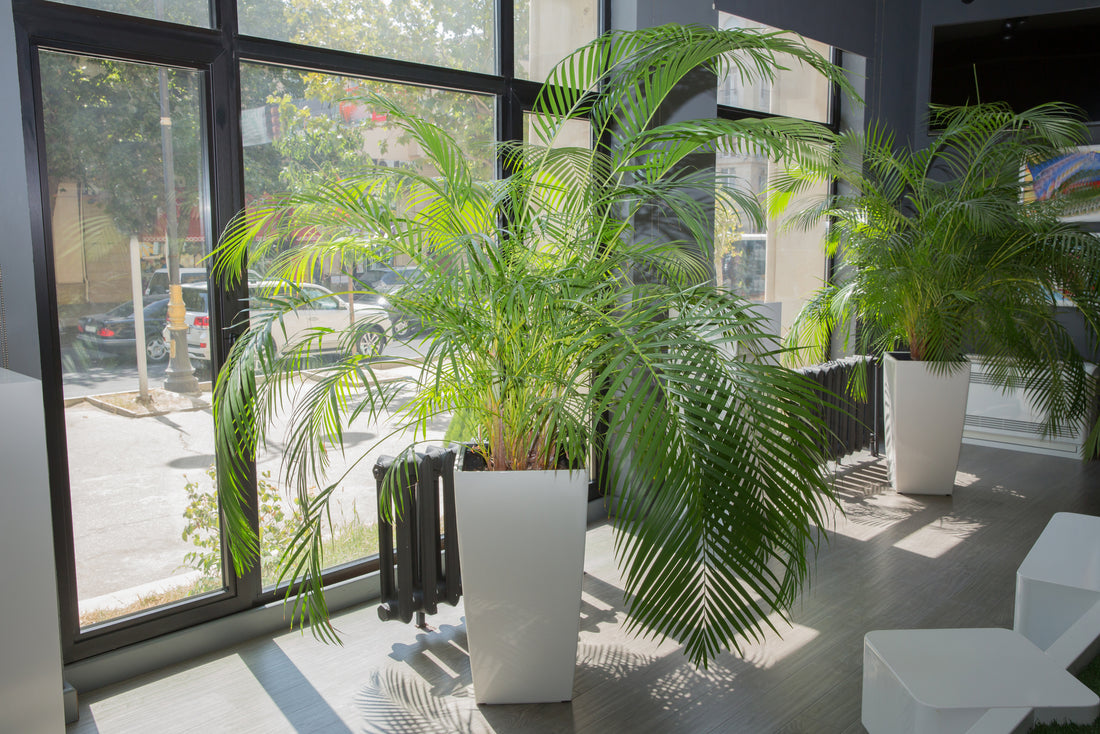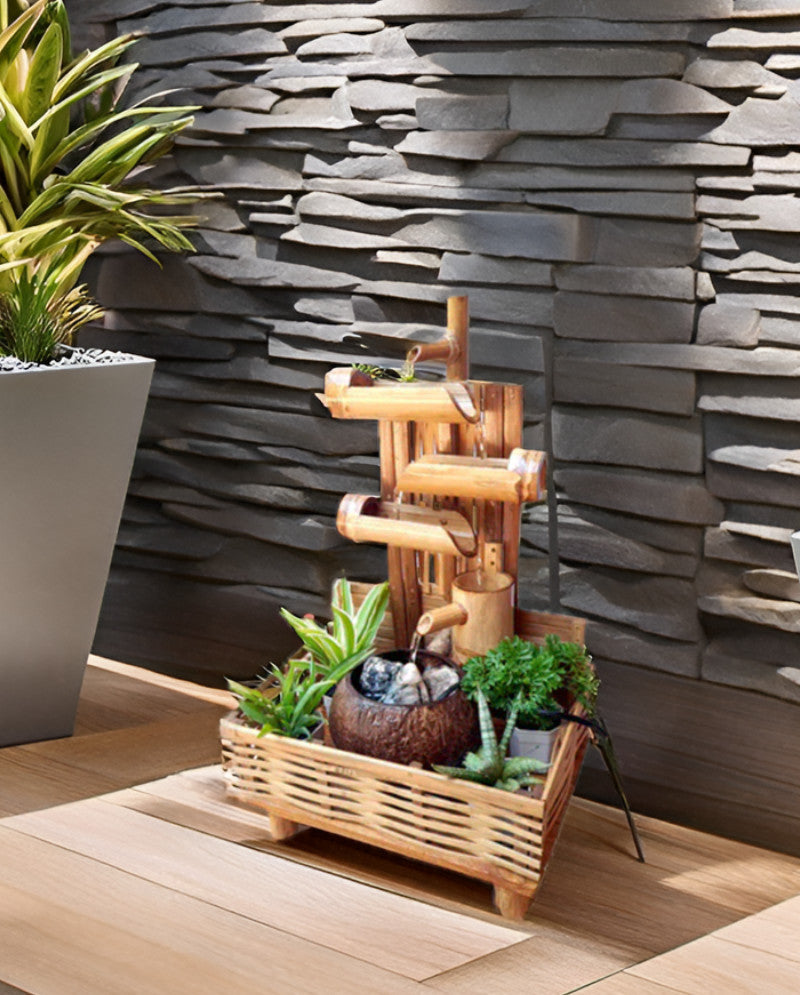
How to Care for an Areca Palm Plant
The Areca palm has naturalized to many tropical and subtropical regions of the world. Also known as golden cane palm, yellow palm or butterfly palm, it is a popular houseplant and is also frequently found in offices and outdoors. The plant grows relatively fast under the proper conditions and is easy to divide.
What Soil Does Areca Palm Need?
Like many tropical plants, areca palms need soil with plenty of nutrients that drains very well. Standard potting soil is a good choice. Adding material that will promote drainage, such as peat, also helps give an areca palm the growing medium it prefers. In addition, you should fertilize with a weak water-soluble organic fertilizer twice during spring and summer. Hold fertilizer in fall and winter.
If grown outdoors, plant in an area that has soil that drains well and doesn’t have a tendency to retain water. It thrives in a variety of well-drained soil types.
How Do I Choose A Container?
An areca palm will grow in almost any kind of container. The plant prefers tight quarters, so don’t buy a big pot for a small plant. No matter what kind of container you choose, it should drain well. The pot should be about twice the size of the palm’s root ball. Even a large plant needs only about a foot of soil depth.
Where Should I Place It?
Areca palms need lots of light, but don’t do well in direct sunlight. Bright indirect light is the best choice. The palm will also do better with morning sunlight than afternoon sunlight. Allowing the palm to receive a few hours of early morning direct light is ideal. If you only have a south-facing window, use shades or curtains to screen the plant from intense sunlight later in the day. Planted outdoors, situated the palm in a locations that receives partial sun to partial shade.
What About Watering?
In spring and summer – the prime growing period – areca palms need more water. Water often enough to keep the soil slightly moist. Do not let the plant sit in water, however, as waterlogged roots are susceptible to disease. During the fall and winter, you can let the soil dry out slightly. If the plant begins to wilt, it needs water.
How Do I Leach an Areca Palm?
Leaching is easy, but you must be able to get the palm into the bathtub or outside. Slowly pour warm water over the soil, making sure to wet the root ball thoroughly. Rainwater is ideal, but distilled water also works well. Use twice the pot volume – 5 Ltrs of water. Let water drain completely. Repeat every 3 to 4 months.
Any Diseases or Pests?
Spider mites and mealy bugs are the primary insect pests of areca palms. Both can usually be controlled with insecticidal soap. Use it at one half the recommended strength to prevent frond damage. Pink rot and ganoderma are the most common diseases. Both can be prevented by not over-watering, but neither can be cured.
Organic Areca Palm Fertilizer
- For stronger and healthier plants, Casa De Amor Organics Areca Palm Plant Food with Biozome is specially formulated to help palm trees and plants increase root mass and foliage.
- It works to improve the soil environment for your plant, preventing the depletion of valuable nutrients, increasing the uptake of nutrients, and reducing the risk of disease, insects, and drought.
- Great for all indoor and outdoor palm plants, with large compound evergreen leaves known as fronds arranged at the top of an unbranched stem.
-
How to Use
- Apply Casa De Amor Areca Palm Fertilizer 20-30 gm per plant.
- Cover with 1 - 2 inch soil
- Irrigate afterwards
- Repeat it every week. Use it amply, as there is no adverse effect of over-dose, it is 100% organic.



